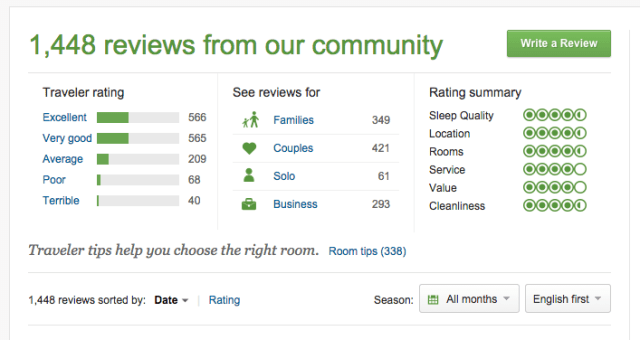And despite the pleas of the masses (or maybe it’s just us) it doesn’t sound like it’s going to happen any time soon – or ever. Speaking to TechRadar, Cliff Edwards, Netflix’s director of corporate communications and technology, said “It’s never going to happen”.
Now personally, I’d love this to be false. I’ve flown 75K miles a year for quite a while now, and am on planes and in hotels enough that I could’ve powered through all of Luther, New Girl, Broadchurch, and much more by now (those are my current shows FWIW). Heck, I’d have watched Lost by now – but I don’t think I have 200+ hours of connected time I’m willing to sacrifice for lens flare.
But truth be told, Netflix has no reason to cater to me, nor the legions of business travelers who follow suit. Here’s why, in handy list format:
1. Nobody’s Canceling Netflix for a Lack of Offline Access
If the Internet has connected us all together to do one thing, it seems to be to collectively whine about high-class problems. But getting rid of the unquestionably best-bang-for-your-buck TV service because you were inconvenienced en route to JFK makes no sense. And since churn is actually a key factor for Netflix, the lack of this being a “Problem” is enough to shut down the topic.
2. Nobody’s Subscribing to Netflix if they Added Offline Access
Much like the above, it’s pretty hard to imagine a market of people with disposable income (as business travelers are prone to be) who choose not to subscribe to Netflix because of price/features. So it’s pretty hard to argue that adding this feature would generate a wave of new subscriptions. Further, since customer acquisition is again a huge metric for Netflix, if they believed this is an untapped market, we’d possibly see change. Clearly they don’t.
3. It’s a Hard Problem to Solve Well
We could mince words about it, but the fundamental experience around using Netflix is pretty great. Everything about queuing up downloads, archives, and managing storage is a not-great experience. So adding this burden, which would inevitably create customer support overhead, product experience dilution, etc, would have to be well-justified. Again – not saying it can’t be done, just saying doing it really well isn’t easy, and is it worth it? See above.
4. It’s an Expensive Problem to Solve
In case all the above didn’t somehow add up, remember that Netflix, to the best of our knowledge, does not currently pay content owners for non-streaming access rights. And content ain’t cheap. And having worked in this field for more than a decade would lead me to believe adding in offline access would be an expensive negotiation point.
In conclusion…
Combining any of the aforementioned challenges – why does it make sense for Netflix to spend more money to build more product to solve a problem for a small number of users without gaining new paying customers nor staving off churn of existing customers?
It doesn’t.





